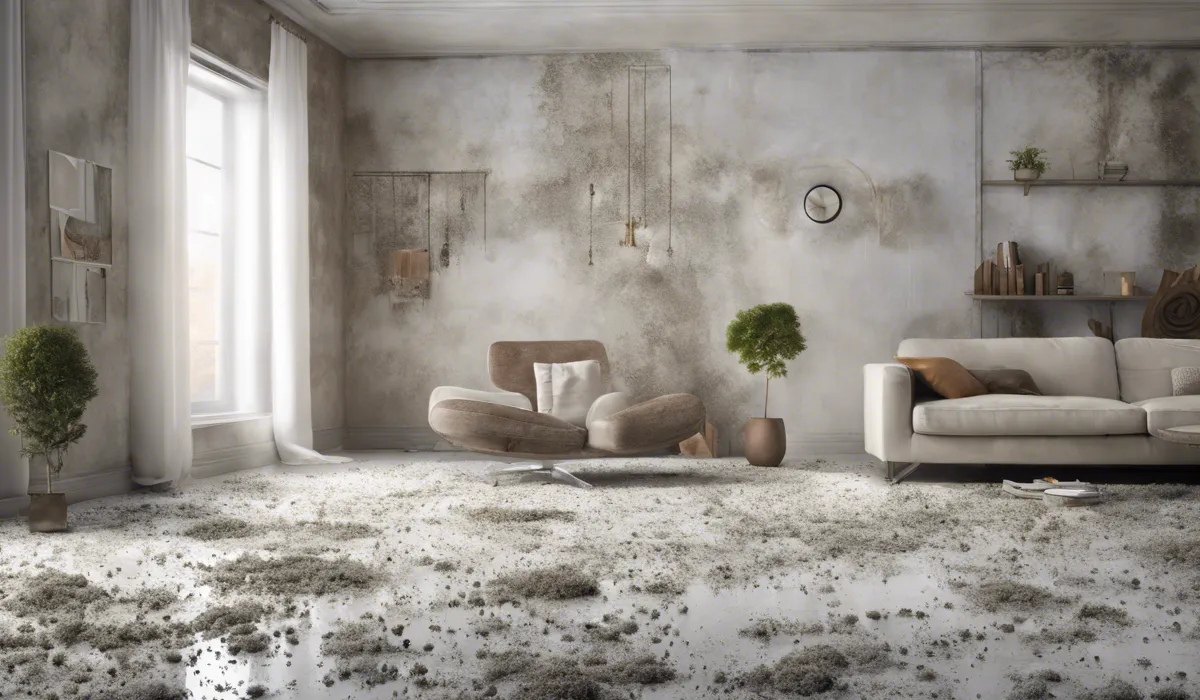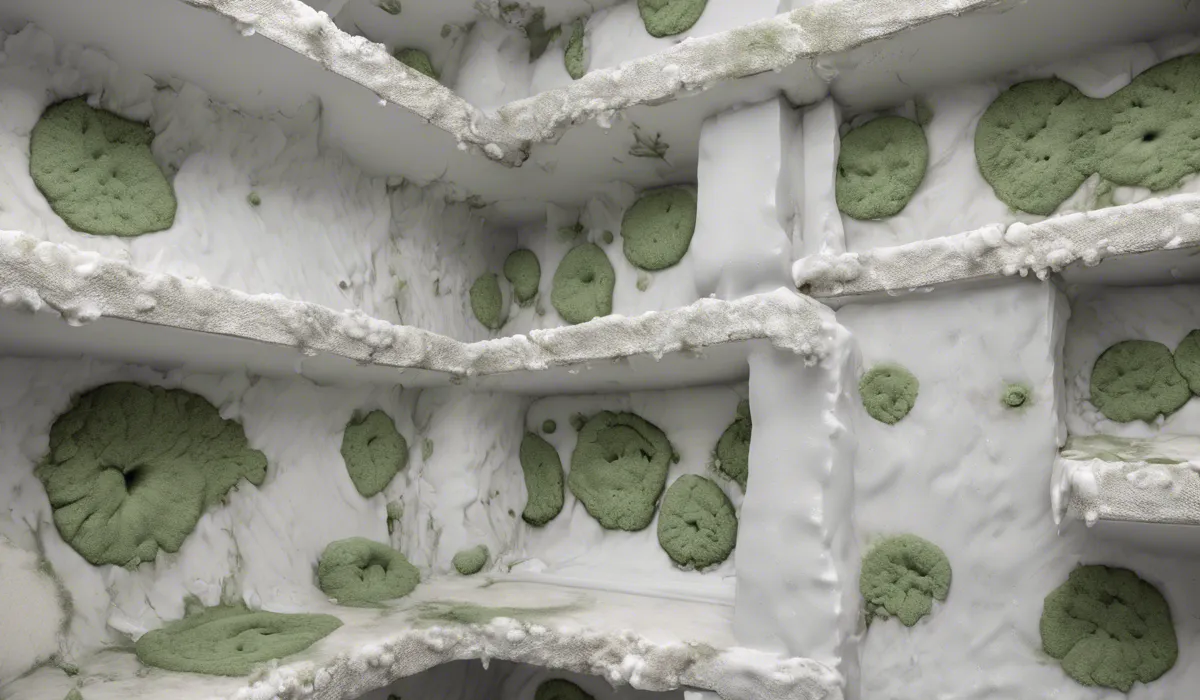To reduce mold spores in the house, maintain low humidity, ideally between 30-50%, using dehumidifiers or air conditioners. Regularly clean and vacuum to remove existing spores. Fix leaks promptly, and ensure proper ventilation, especially in damp areas like bathrooms and kitchens.
Mold Spores and Their Impact on Indoor Air Quality

What Are Mold Spores?
Mold spores are tiny, lightweight particles that float through the air. They are part of the life cycle of fungi, including molds found in your home.
These spores can start to grow into mold when they land on moist surfaces. Every house has some mold spores, but too many can cause problems.
Health Risks of Indoor Mold Spores
High levels of mold spores inside can harm your health. People with allergies, asthma, or weak immune systems may get sick more often.
Mold can make you cough, make it hard to breathe, or give you a stuffy nose. Some people might even get skin rashes or feel tired all the time.
Sources of Mold Spores in the Home
Mold spores come from many places. They can enter your home through open doors, windows, and vents.
They can also stick to clothes, shoes, and pets. Inside, they grow where it’s wet like in bathrooms, kitchens, and basements. Leaks in roofs, pipes, or walls also help mold grow.
Practical Strategies for Reducing Mold Spores

Keep Humidity Low
To stop mold from growing, you need to keep your house dry. Use dehumidifiers or air conditioners to keep the humidity between 30-50%.
This makes it too dry for mold to grow. Check the humidity with a tool called a hygrometer.
Improve Ventilation
Good air flow in your home keeps moisture down. Use exhaust fans in the bathroom and kitchen. Make sure your dryer vents outside, too. Open windows when the weather is good to let fresh air in and reduce moisture.
Clean and Dust Regularly
Cleaning often helps get rid of mold spores. Vacuum and dust your home at least once a week. Pay special attention to areas where mold likes to grow, like bathrooms and basements.
Use HEPA Air Purifiers
Air purifiers with HEPA filters can catch mold spores from the air. This helps reduce the number of spores that could grow into mold. Put these purifiers in areas where you spend a lot of time, like bedrooms and living rooms.
Ensure Proper Drainage
Water around your home’s foundation can lead to mold. Make sure the ground slopes away from your house.
This helps water drain and stops it from getting inside and causing mold problems.
Fix Leaks Quickly
Water damage from leaks can make mold grow fast. If you find a leak in your roof, walls, or plumbing, fix it right away. This stops mold from starting or getting worse.
Choose Mold-Resistant Products
When you fix or update your home, use materials that don’t let mold grow. These can be special paints, drywall, and insulation.
They help keep your home safe from mold even if it gets damp.
Preventive Measures to Keep Mold Spores at Bay

Inspect Your Home Regularly
Look around your home often for signs of mold. Check places that get wet or have had leaks. Finding mold early can stop it from spreading and causing health problems.
Use Mold-Resistant Materials
When you need to repair your home, choose materials that resist mold. Using these can keep mold away and save you money and time in the long run.
Change and Maintain HVAC Filters
Changing the filters in your heating, ventilation, and air conditioning system helps to trap mold spores. Clean and check your HVAC system regularly to make sure it’s working well and keeping your air clean.
Use Dehumidifiers
Dehumidifiers take extra moisture out of the air. This can help in damp places like basements or during wet seasons. Less moisture means less chance for mold to grow.
Educate Your Family About Mold Prevention
Talk to your family about how to stop mold. Teach them to clean up spills, use exhaust fans, and tell you about leaks. Everyone can help keep the home mold-free.
FAQs About Reducing Mold Spores in House
What is the ideal humidity level to reduce mold spores in the house?
To effectively reduce mold spores in the house, maintain a low humidity level, ideally between 30-50%.
How can I maintain a low humidity level to prevent mold growth?
Use dehumidifiers or air conditioners to maintain a low humidity level within the ideal range of 30-50% to prevent mold growth.
What cleaning practices help reduce mold spores in the home?
Regular cleaning and vacuuming can help remove existing mold spores from your home, reducing the likelihood of mold growth.
How important is it to fix leaks for mold control?
Fixing leaks promptly is crucial for mold control as moisture from leaks provides a perfect environment for mold spores to grow.
Why is ventilation important in areas like bathrooms and kitchens for reducing mold?
Proper ventilation in damp areas like bathrooms and kitchens is important because it helps to reduce moisture build-up, which in turn reduces mold spore proliferation.
Final Thoughts
Maintaining indoor humidity between 30-50% with dehumidifiers or air conditioners is crucial to reducing mold spores in the home.
Regular cleaning and vacuuming can remove existing spores. Prompt repairs of leaks and ensuring proper ventilation in high-moisture areas like bathrooms and kitchens are also essential steps to keep mold spore counts low.
